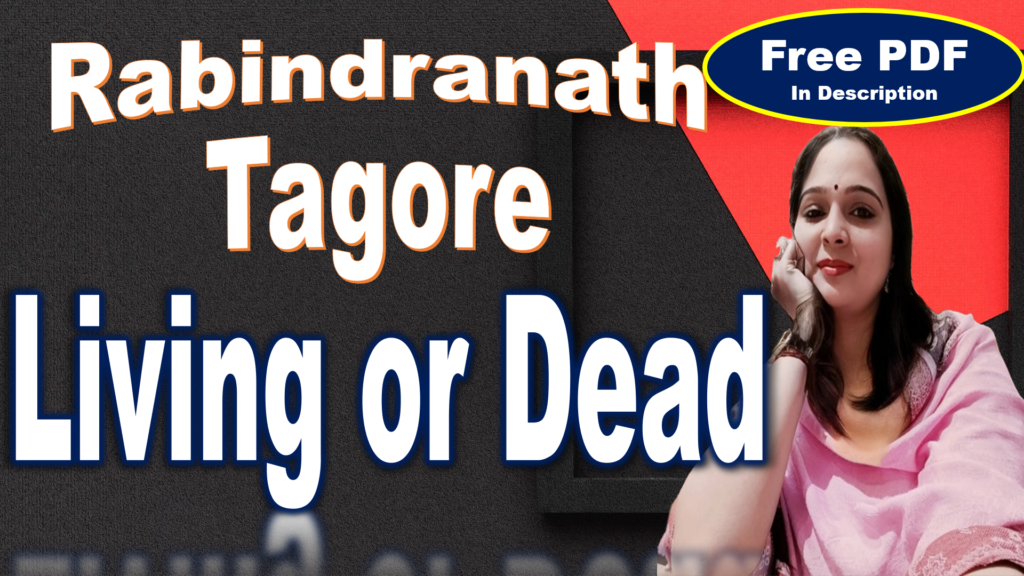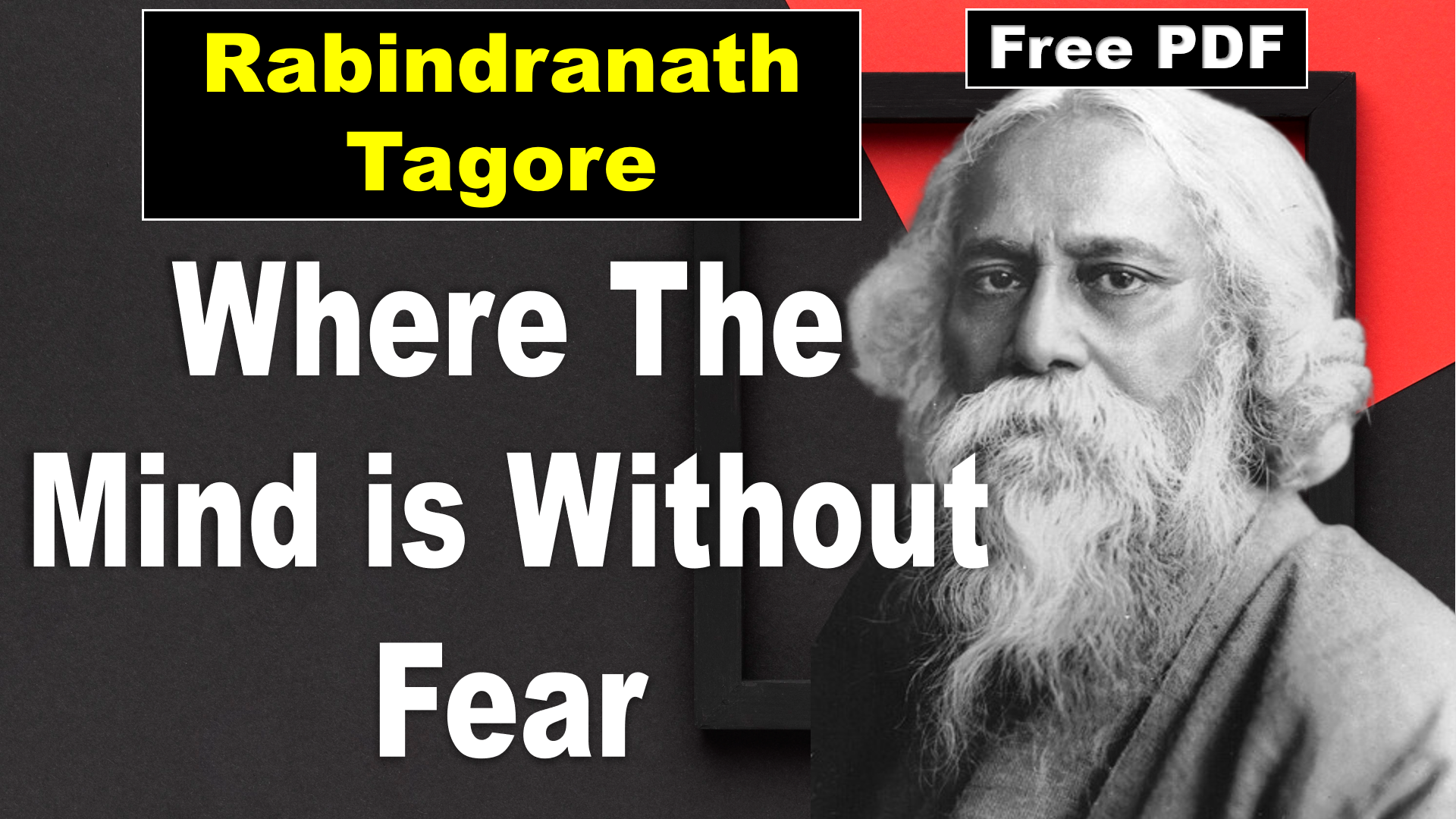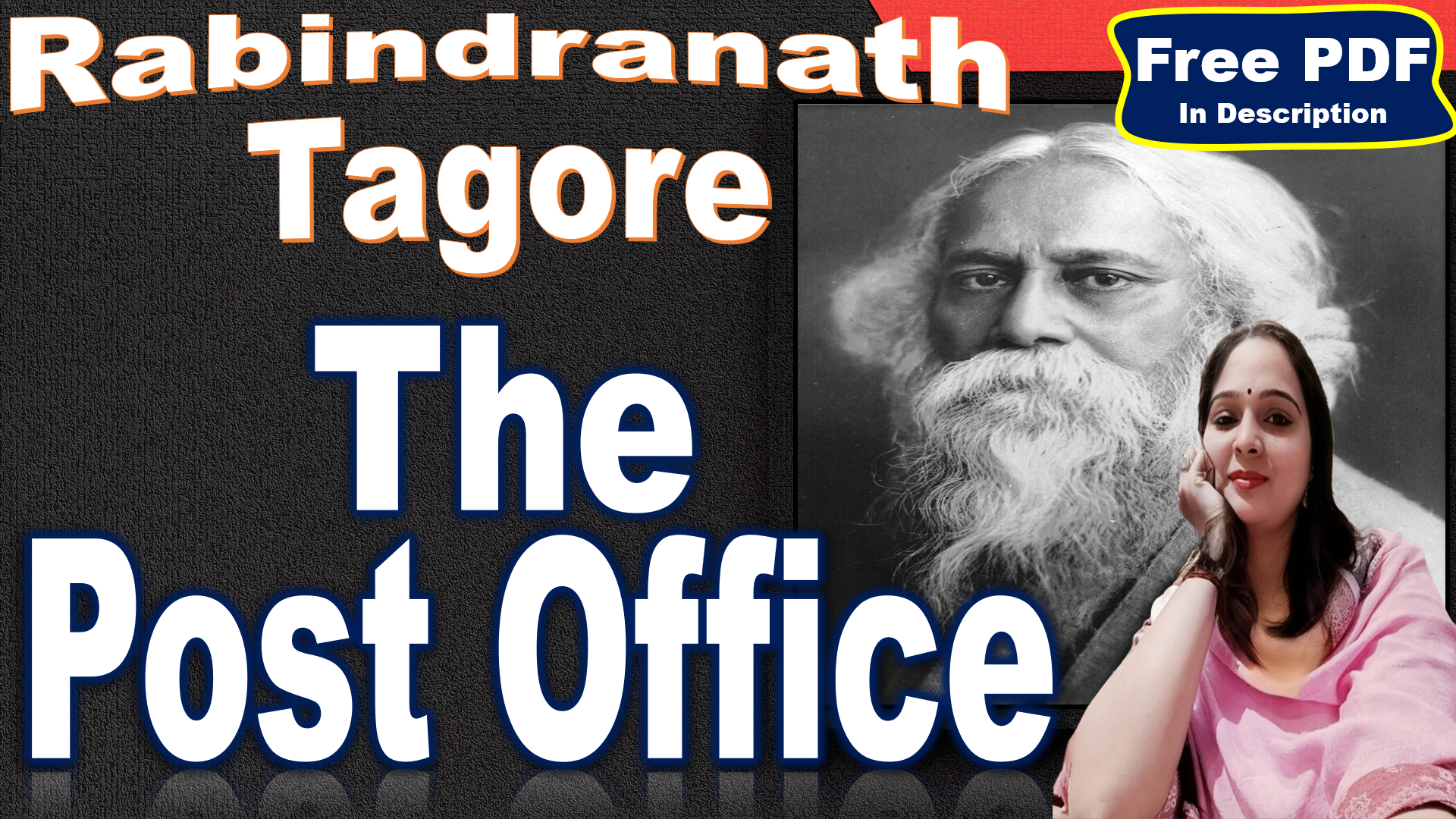
CHARACTERS
Kadambini:
Kadambini is the protagonist of the story. She is a widow with no child. She has a great bond with her brother-in-law’s son. One night, suddenly she dies. The four Brahmins take her for ritual cremation. But she regains her life back and walks out. She does not go to her home as she thinks herself a ghost. With the help of a man, she comes to her friend Jogamaya’s home. But she leads an uneasy life and so she has to leave the company of Jogamaya. She returns at her own in-laws home. But the family members do not take her as a living being. At last, after committing suicide, she proved that she was alive. Kadambini’s character symbolizes the struggle of widows in society and their desire for recognition and dignity.
Mrs. Jogmaya:
Jogamaya is Kadambini’s friend. Kadambini comes to her home after leaving the cremation ground. However, Kadambini leads an uneasy life and so she has to leave the company of Jogamaya. Jogamaya’s character represents the societal norms and conventions of the time. She is a symbol of the societal expectations and pressures faced by women. Mrs. Jogmaya embodies traditional values and societal expectations. She reacts with fear and skepticism to Kadambini’s return, representing the conservative mindset.
Jogmaya’s character symbolizes the resistance to change and the struggle against unconventional ideas. Her reactions highlight the clash between the established order and the unexplained, contributing to the story’s exploration of societal tensions.
Mr. Sripati:
Sripati is a more progressive and open-minded individual. He shelters Kadambini without judgment and is willing to consider supernatural possibilities. Sripati represents the changing ethos of the time, challenging traditional beliefs. His character serves as a foil to Jogmaya, reflecting the evolving mindset in society and encouraging readers to embrace new perspectives.
Shatish (the little boy):
Shatish is Kadambini’s nephew, displaying enduring affection for her even after her death. His character emphasizes the purity of love. Shatish represents innocence and the timeless nature of genuine relationships. His unwavering connection with Kadambini transcends societal norms, underlining the enduring power of emotional bonds.
The In-Laws:
Kadambini’s in-laws are minor characters in the story. They do not take Kadambini as a living being when she returns at her own in-laws home. Their character represents the societal norms and conventions of the time. They symbolize the societal norms that marginalize and oppress widows.





